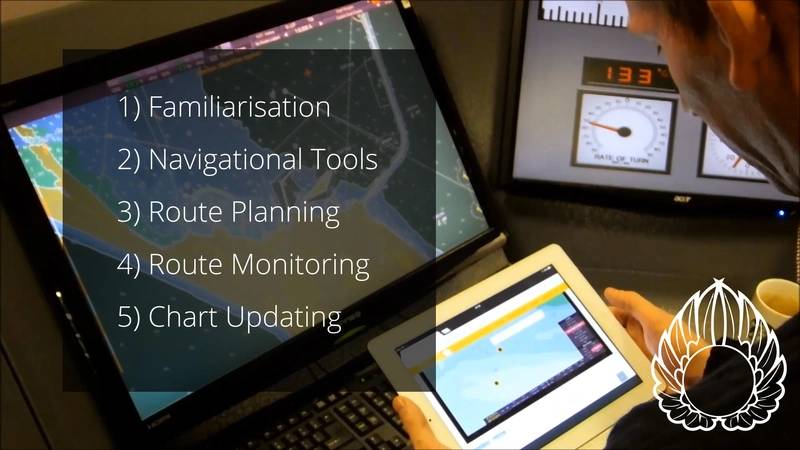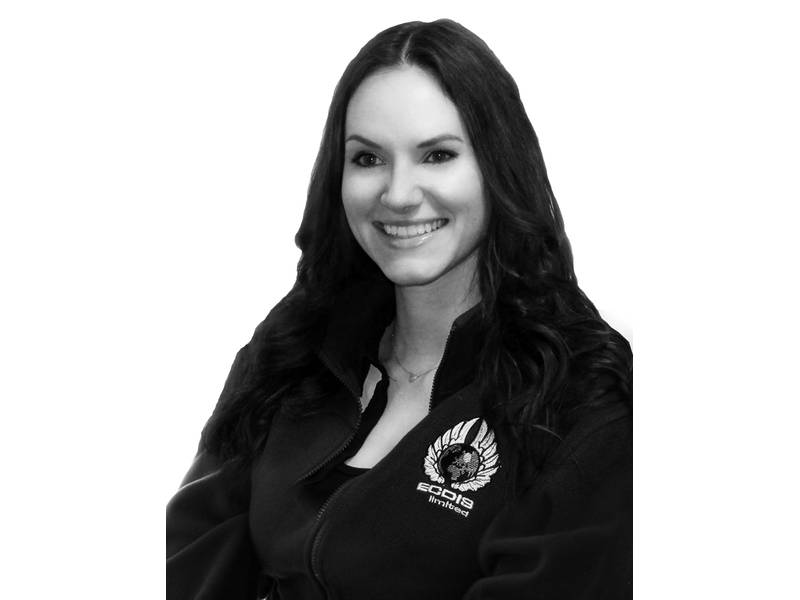Inspectors Get Tough on ECDIS
ECDIS ACAT (Annual Competency Assurance Training): the Inspectors training in ECDIS has without doubt increased safety at sea as it highlights that not all is well, regardless of certificates held.
Few are aware that the world is halfway through an international project to train around 1,000 inspectors and PSC officers in ECDIS. Without doubt, it has already dramatically increased the safety of navigation at sea by providing inspecting officers with all the relevant questions that need to be asked for all the 38 manufacturers, regardless of what certificates the officers hold.
The feedback so far is proving that in some cases officers cannot practically show inspectors the basic navigation and safety features designed to reduce the risk of groundings. The Inspector training that they are receiving has to be good for the industry, albeit not for some shipping companies that felt comfortable in the past of their Officers competencies, purely because they held certificates.
Captain Robert Pearcey, Marine Consultancy DP Annual Audits CMID, OVID Inspections Surveys & Accident Incident Investigation, shares one of his ECDIS audit inspections, said, “As an OVID and CMID inspector I can confirm that many operators can show no knowledge of basic safety features in ECDIS systems, or how to recover past data from ECDIS sometimes this is useful.”
“I have also noted that ECDIS is not used on jack-up rigs under tow, expensive paper route charts are produced with people who have little knowledge of marine matters, other than follow the tug. On one occasion when acting for BP as Marine observer I stopped a tug going into shallow water with undersell clearance of 1m. It would seem that ECDIS should be compulsory on tugs towing deep drafted MODUs and Barges,” Pearcey continued.
“The really concerning issue I found on a U.S. operated rig a U.S. office with a Belize Certificate, was issues a Marshall Island Certificate on producing a certificate in which there are no exams, people are finding ways round certification and this is concerning as masters and operators seem to be turning a blind eye. In this case the officer was navigating in the Malacca St. on a sixth generation drill ship, it was apparent he did not have much of a clue about ECDIS.”
“It is only a matter of time before we have a bad incident,” Pearcey said.
One of the catalysts for the requirement for an Inspectors course in ECDIS was from a recommendation after the high profile MV OVIT grounding in the English Channel, where the investigation noted in Section 2.8.1 of the MAIB report:
Although the SIRE inspection occurred only 10 days before the grounding, the two navigation-related observations reported indicate that the inspection went into some detail. Nevertheless, the inspection did not identify the crew’s lack of competence in using ECDIS, or the significant defect with its audible alarm. It is recognized that audits and inspections are a sampling process; it would be impossible to check every facet of a ship’s navigation within a reasonable timescale. However, as ECDIS is replacing paper charts as the primary means of navigation on many vessels, it is imperative that auditors and inspectors are able to identify problems in the way ECDIS are managed, maintained and used. The degree of understanding required of an auditor to check that ENC data in an ECDIS is up to date is clearly more complex than that required to check a written passage plan, and the correction status of paper charts and nautical publications. 48 Many auditors and inspectors do not have a background in navigation, and those that do might not have been trained in ECDIS. Consequently, few will have even a basic understanding of the system, leaving them ill-equipped to assess a core safety-critical function, that of safe navigation. Therefore, there is a strong case for the development and provision of tools that will enable auditors and inspectors to properly check the use and performance of this equipment
The following was part of the recommendations in the document after the MAIB investigation:
SECTION 5 – Recommendation
The International Chamber of Shipping (ICS) and the Oil Companies International Marine Forum (OCIMF) are recommended to:
142/2014 In conjunction with ECDIS experts develop and promulgate a set of focused questions for use by surveyors and auditors when conducting audits and inspections on ECDIS fitted ships.
(Above MAIB material provided from Report NO 24/2014 MAIB. Crown Copyright)
I was pleased to be part of the team engaged as the ECDIS experts to write and deliver courses all over the world over the last few years, and write the top 20 navigation and safety questions, used globally and now 50 reasonable ECDIS questions that all officers should be expected to answer.
Over the years my colleagues and I have only trained several thousand seafarers in the eight-hour Type Specific (TS) courses, which is a fraction of a percent of the global seafarers currently conducting TS training. The recent whitepaper on ECDIS TS (available for download on the eMG Hub app on Android or Apple), highlights the international confusion in both requirements and standards. What is also becoming clear, is regardless of how well trained you are, we are all subject to skill fade if not using the equipment for some time, and, the 38 manufacturers are always (quite rightly) updating their software to the changing performance standards.
Master mariner Paul Hebden said, “My main reasons for retiring, was the enforced implementation of ECDIS on our ships as our Primary Means of Navigation (PMN), with minimal paper charts as back up. It’s not a case of if we will have a serious navigational incident, but when, and after 25 incident free years as master, it was time to go.”
There are many recent initiatives to try and bridge this gap, but a brand new service which is gripping interest in the Maritime Industry is ECDIS ACAT www.eMaritimeTraining.com which currently charges £200 per year, per hull, regardless of Officer numbers or changes, to keep all crew up-to-date on the top navigation elements of the 38 ECDIS manufacturers.
Matt Riley, Compliance Officer, CSO and DPA, said, “I can attest from my own experience of both working at sea and completing ECDIS training that services and products, such as this new service (ECDIS ACAT) are indeed in demand.”
George Ward, Project Support for ECDIS ACAT, stated, “ECDIS ACAT is an effective assurance method of assisting the maritime industry as a whole to increase their underpinning knowledge in the make and model of their ECDIS fitted onboard and to keep up-to-date with the constantly evolving software from all the manufacturers worldwide. This product also allows the ship manager or operator to have positive control over their officers annual competency assurance with regards to ECDIS, which in turn would reduce their training safety matrix for navigating with ECDIS.”
The feedback I have received is that there are thousands of seafarers with all of the required certificates, however disappointingly many have not been able to answer the basic navigation and safety questions now asked by inspectors worldwide. I must clarify at this point, these are basic navigation questions that officers would have been able to answer on paper charts, such as, ‘Show me on the chart the relevant chart notes. What is the reliability of the chart? How do you show safe/unsafe water? And can you show me how you can put a manual correction on the chart?” None of the questions or recent observations raised by inspectors has been based on how to calculate a horizontal sextant angle on the ECDIS.
Two years in and the feedback from the industry shows that prior to training, some inspectors found it very difficult to ensure the bridge team actually understood the practical use of their ECDIS. After training, inspectors are generating multiple observations where ships officers don’t understand the fundamental principles to keep their ship safe when using ECDIS.
The aim of training inspectors in ECDIS around the world was to increase standards and reduce the risk of groundings. It is not to give to give officers at sea a hard time, I know from experience the challenges of being an officer at sea are hard enough without additional pressures. In summary, as an industry, all is not well, however all is not lost.


